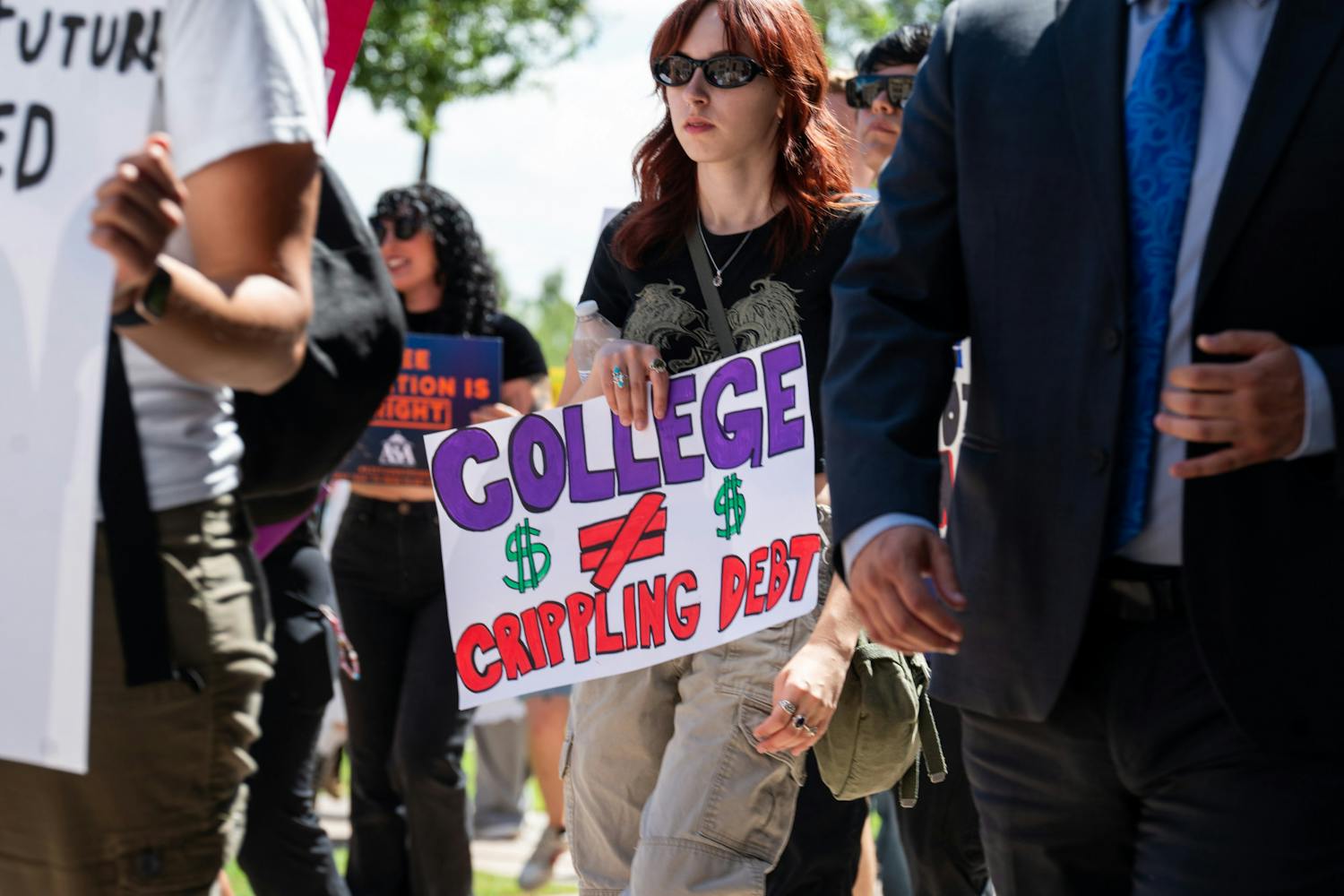In the wake of a fatal self-driving Uber accident in Tempe, which led to the company suspending its autonomous vehicle testing and Gov. Doug Ducey's decision to revoke their testing privileges a week later anyway, ASU experts are steadfast in their dedication to autonomous vehicle testing.
In March, a self-driving Uber hit and killed a pedestrian in Tempe, making it the first fatal accident involving an autonomous vehicle. Patrick Ptak, a spokesperson for the governor's office, said there are pending investigations by Tempe police and others concerning the crash and self-driving technology.
The vehicles needed to meet the rules Ducey set out in August 2015 when he signed an executive order permitting and regulating self-driving testing.
“In Arizona, we have always embraced innovation,” Ptak said. “But for us, public safety always comes first – it will be our main focus, that will remain our top focus. We want to set up an environment that is competitive and friendly, but we’ve made it clear that any new technology or idea must stand on its own, and we will take action against any company that does not meet the safety standards that we set.”
At the end of March, Ducey signed an executive order that revised the regulations from the 2015 order. According to the March executive order, testing on public roads should only happen after the vehicle is deemed fully autonomous after testing in a controlled environment. Then, a letter must be sent to the Arizona Department of Transportation to get approval for testing on public roads.
Lina Karam is the director of the Image, Video and Usability lab at ASU. Students in the lab test and develop technologies and collaborate with companies like Intel to develop self-driving technology.
"They see the importance and they need to train students in these technologies," Karam said.
Karam said the crash is a sign that more testing in a controlled environment is required. But, she said the self-driving technology shouldn't shoulder all of the blame, and that the individual behind the wheel of the Uber didn't have adequate training.
“In that particular scenario, they had the safety driver there, but the issue was the training of the driver was not good,” Karam said. “It was not really the technology that was there and failed. It wasn’t actually ready to drive by itself in that particular case for Uber.”
John Krafcik, the CEO of Arizona-based self-driving company Waymo, said at a March National Auto Dealers Association conference that the company's technology "would be able to handle situations" like the fatal one in Tempe. A Waymo spokesperson said the company's technology is rigorously tested with a particular emphasis on safety.
“At Waymo, we’ve been building the world’s most experienced driver: a safe, skillful and savvy chauffeur that can take people and things from A to B at the push of a button,” the spokesperson said.
Regardless of the challenges presented by self-driving technology, Karamo said it is the future of driving and students should take note.
“This current generation doesn’t like to drive much,” Karam said “They would prefer to be reading a book or looking at their phone or to do more productive stuff than driving.”
Reach the reporter at cmgiulia@asu.edu or follow @tinamaria_4 on Twitter.
Like The State Press on Facebook and follow @statepress on Twitter.




